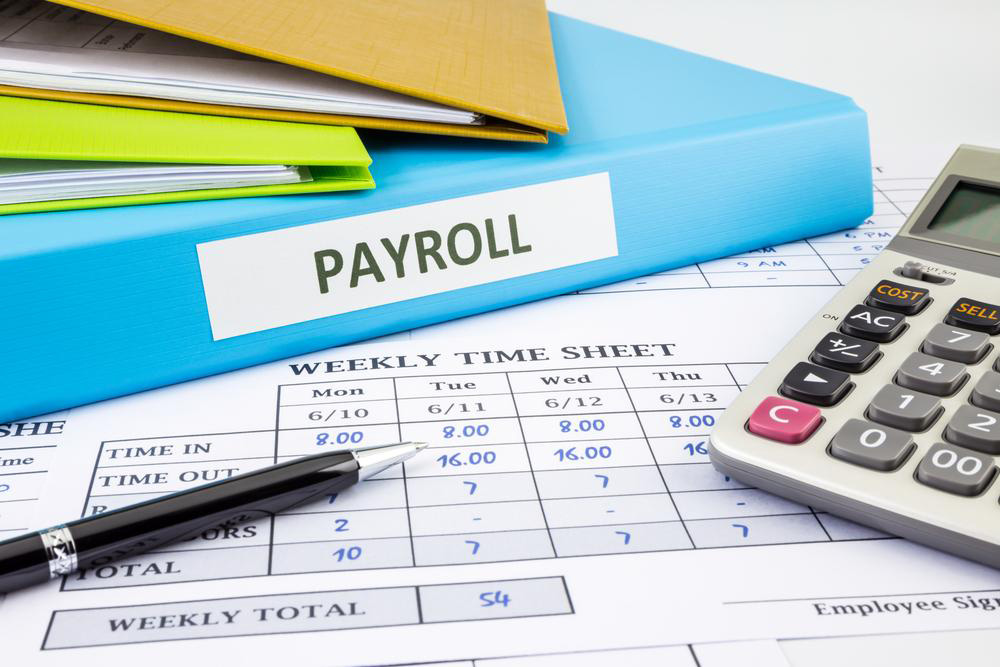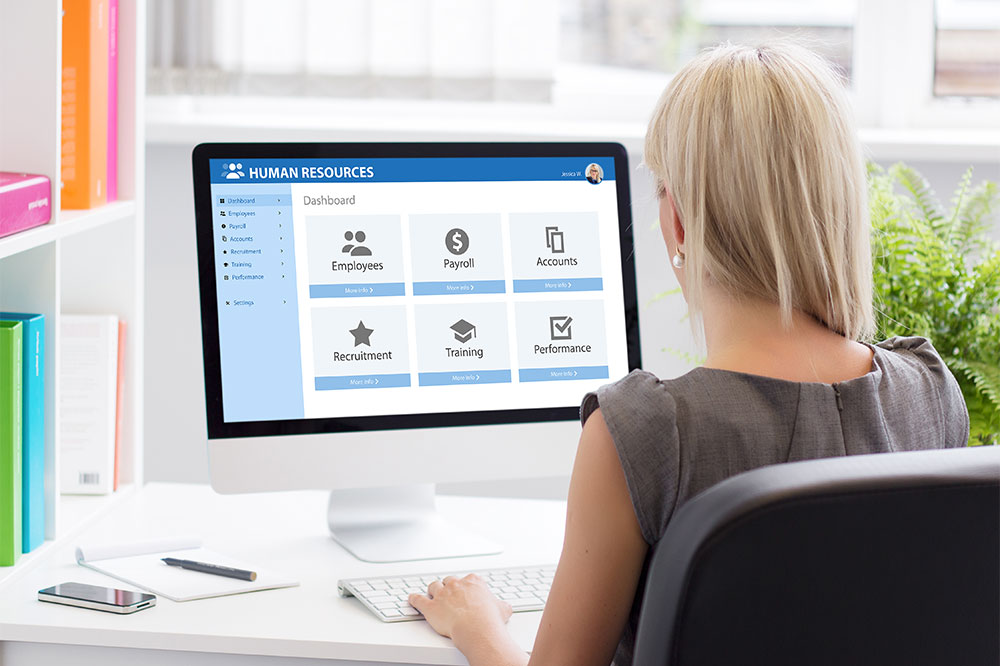Comprehensive Guide to Understanding Your Paycheck and Its Components
This comprehensive guide explores the essential elements of your paycheck, including the differences between payslips and paychecks, detailed breakdowns of deductions, pay cycles, and management tips. It helps employees understand their earnings, verify accuracy, and maintain financial transparency. With insights into electronic payments and payroll security, this article is a valuable resource for anyone looking to better understand how their compensation is structured and received, ensuring they can manage their finances effectively.

Comprehensive Guide to Understanding Your Paycheck and Its Components
Receiving a paycheck is a fundamental aspect of employment that signifies your compensation for the work you perform. This document not only reflects the earnings you have accumulated but also provides detailed insights into how your gross wages are broken down, the deductions applied, and the net amount you actually take home. Understanding the various elements that comprise your paycheck is essential for managing your finances effectively, ensuring correct payments, and maintaining clarity on your earning statements.
Payslip vs. paycheck: Clarifying the difference
One common point of confusion is the distinction between a payslip and a paycheck. A payslip is a detailed statement issued usually alongside the paycheck, itemizing all deductions such as income taxes, health insurance premiums, retirement contributions, and other withholdings. It provides transparency, allowing employees to verify deductions made and understand how their gross pay is adjusted to arrive at the net pay. Conversely, the paycheck itself—typically a physical cheque or an electronic transfer—serves as proof of payment, often a summarized document or bank transfer confirmation. Some companies opt for direct deposit, where the net pay is transferred automatically into the employee's bank account, with the payslip serving for record-keeping and verification purposes.
Deciphering your payslip details
The payslip is an invaluable document that offers a comprehensive breakdown of your earnings and deductions. Usually, it starts with your employer's name and contact information at the top, followed by personal identifiers like your name and employee ID. The core section displays your gross wages, which include base salary, overtime, bonuses, or allowances. Subsequently, the payslip delineates various deductions at the federal, state, and local levels, such as income taxes, Social Security, Medicare, and other mandatory contributions. It may also list voluntary deductions like health insurance premiums, retirement plan contributions, or union dues. The net pay, which is the amount you receive after all deductions, is clearly indicated, often at the bottom of the payslip. Occasionally, payslips also provide additional information such as year-to-date earnings, employer contributions, and left-over balances for benefits.
Ensuring accuracy in your net pay
One of the primary reasons to understand your paycheck components is to verify the accuracy of your net pay. Employees should carefully review the deductions to ensure they align with their authorized contributions and applicable tax brackets. Monitoring deductions such as Social Security, Medicare, and health insurance is crucial because discrepancies can impact your financial planning and tax filings. In case of errors, employees are encouraged to contact their HR department or payroll administrator to rectify any inaccuracies promptly.
What typically constitutes a paycheck
Paychecks are usually issued based on an employer’s pay cycle—commonly weekly, bi-weekly, or monthly. Each paycheck includes the employer's name and contact details, your bank or account information if paid electronically, and often a signature to authenticate the payment. For employees without a traditional bank account, businesses may offer payroll cards—prepaid debit cards linked directly to their salary. These are convenient alternatives that enable access to funds without the need for traditional banking services. It’s essential to be aware of the pay cycle and ensure the paycheck is received on time to avoid delays or penalties.
Important considerations for paycheck management
Employers are required to issue paychecks punctually according to labor laws and tax regulations, such as those enforced by the IRS. Timely issuance of paychecks helps prevent penalties for late payments and ensures employees can meet their financial obligations. Increasingly, companies are transitioning to electronic payment systems, providing pay stubs via email or online portals for enhanced security, accessibility, and environmental sustainability. Employees should also be cautious to cash or deposit their paycheck within a reasonable time frame before it expires, whether physically or electronically, to avoid issues with lost or unclaimed payments. Maintaining accurate records of paychecks and deductions can also prove beneficial during tax season and when reviewing your overall financial health.
In conclusion, understanding your paycheck involves more than just knowing the amount deposited into your account. It encompasses a detailed comprehension of the deductions, the structure of your earnings, and the processes involved in payroll management. Equipping yourself with this knowledge ensures transparency, helps prevent errors, and empowers you to make informed financial decisions. Whether you are a new employee or have been working for years, taking the time to review your pay statements regularly will contribute significantly to your financial stability and confidence.





